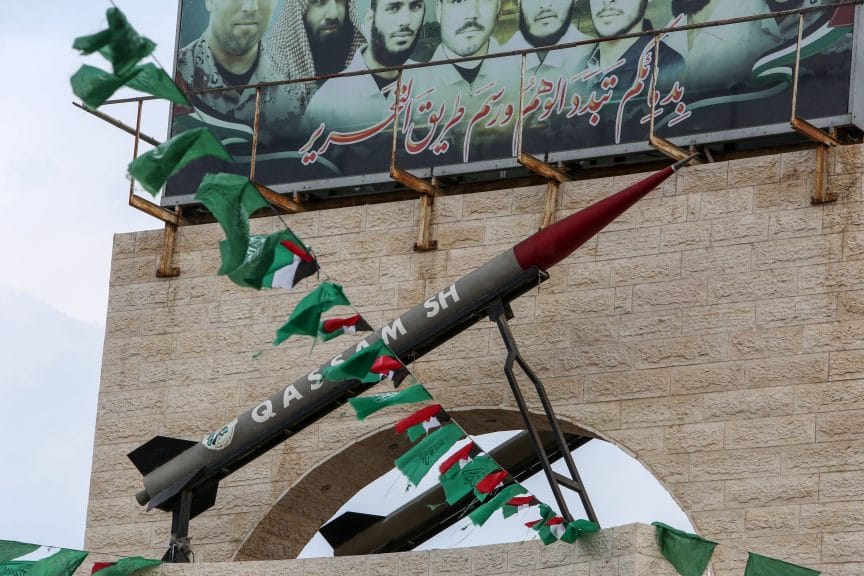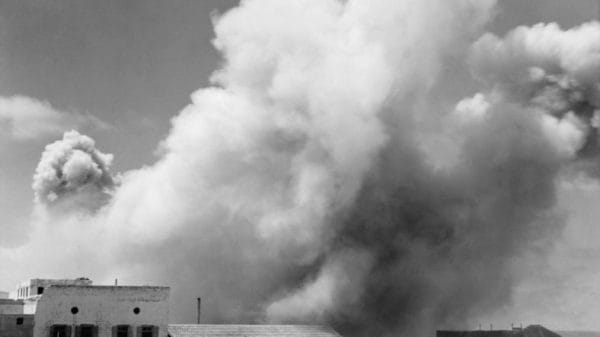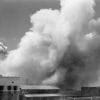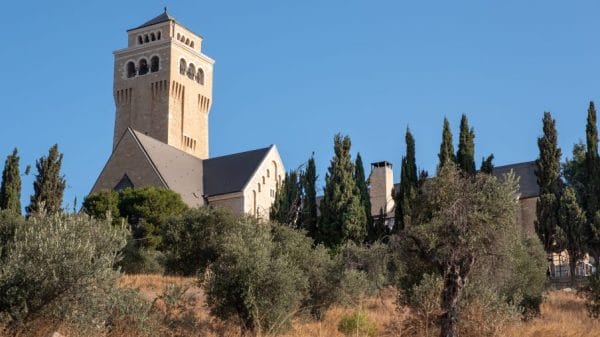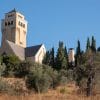In territorial conflicts, all parties involved bear responsibility for their actions, as well as who they rally behind.
As stated in the first part of this series, the conflict underway in Israel and Palestine is no exception. To argue otherwise is an oversimplification at best, and at worst a lie, objectively speaking.
Why? Because to hold someone else accountable, people must also hold themselves accountable, or risk losing their credibility.
If a murderer accuses another of murder, and claims the accused should be executed for the crime, then it only makes sense for both to be executed.
Laws are designed to be fair and impartial, after all.
Principles matter, because the minute society foregoes its supposed principles for any reason, it demonstrates hypocrisy, favoritism, and ignorance.
And as history shows time and time again, ignorance can have dire consequences on its subjects, regardless of whether they are European, Jewish, Arab, Muslim, all of the above, or none whatsoever.
Martyrs
So for the sake of stamping out ignorance, keep these questions in mind as we move forward.
Why are certain people deified in their communities, and how do their legacies live on and change after their deaths?
Merriam-Webster dictionary defines a martyr as “a person who sacrifices something of great value and especially life itself for the sake of principle.”
Naturally, there are other definitions with more religious implications, but for this analysis, this is the most relevant definition.
It is also important to bear in mind that one group’s martyr could easily be another group’s villain. As with most things, this label is subjective.
Objectively speaking though, martyrs are usually remembered as heroes in their respective communities.
Palestine’s Hero
To the Palestinian nationalist cause, Izz ad-Din al-Qassam is the definitive example.
Born in 1882, al-Qassam left his home province of Latakia, Syria to study at the al-Azhar Mosque in Cairo at the age of 14.
During al-Qassam’s time there, Cairo was under British control following a failed nationalist revolution led by Egyptian Brigadier General Ahmed Urabi.
After completing his studies, he returned to his hometown of Jebleh to share what he learned as a teacher.
Not long after, he was appointed the imam of Jableh’s al-Mansouri Mosque, where his reputation for piety, humor, and humility further endeared him to his neighbors.
Al-Qassam’s Beliefs
A deeply spiritual man, al-Qassam was a fundamentalist who preached Islamic revivalism, emphasizing reform, national unity, self-reliance, and resistance to foreign occupation.
When he returned home, he taught his Jabreh neighbors how to read and write by studying the Qur’an, as well as some modern science.
During his studies abroad, he demonstrated his commitment to self-reliance by selling candy on the streets of Cairo with a classmate.
As a preacher, he enforced reform efforts by taking those who did not pray and carrying them around Jebleh in a coffin.
Reports suggest it was seen as a prank rather than a threat, as one of the hadith scriptures says “he who remembers his Iord and he who does not are like the living and the dead.”
Mujahideen Resistance
Despite presenting himself as a man of faith, al-Qassam was no stranger to violence.
During his time in Jebleh, he ordered his followers to destroy alcohol shipments before they could enter the city.
Then, after Italy attacked Libya in 1911, al-Qassam rallied his congregation for jihad.
To oversimplify, people can engage in a greater jihad or a lesser jihad. The former is an internal struggle against one’s inner demons for the sake of self-betterment.
The latter is an armed, self-defensive struggle to preserve one’s way of life. Ideally, negotiating peace takes priority and violence is used as a last resort.
Despite organizing a small militia and raising funds, Ottoman authorities sent al-Qassam and his mujahideen home before they could fight. Italy then annexed Libya in 1912.
When the French invaded the Syrian coast in 1920 during World War I, al-Qassam enlisted in the Ottoman army and received military training south of Damascus.
Not long after, he returned to Jebleh to organize a resistance group, but even with formal training and leftover funds from the first jihad attempt, the French wore down the resistance and took Syria.
To escape his death warrant, al-Qassam and his remaining revivalists used fake passports to evade authorities and seek refuge in Palestine.
Rebuilding in Haifa
Despite his experiences with Italian and French imperialism, al-Qassam was undeterred.
After his escape, al-Qassam found work again, first as a teacher at al-Burj and eventually as an imam at the Istiqlal Mosque.
Just like in Jableh, his attitude and public conduct endeared him to the people of Haifa.
Eventually, al-Qassam quit al-Burj to focus more on preaching and teaching poor, displaced workers directly.
During his time in Haifa, al-Qassam also served as president of the Young Men’s Muslim Association from 1928 to 1935.
Despite everything, al-Qassam still held onto his Islamic revivalist principles.
Even in public, he continued preaching jihad as necessary to secure freedom from foreign interests.
Over time, al-Qassam selected his most devout followers for another jihad attempt, forming the Black Hand organization in 1930.
Given the presence of British and Zionist forces, al-Qassam insisted they organize covertly until his army was ready. Despite his attempts, they did not receive support from the Palestinian authorities permitted by the British.
This was ironic for two reasons. The first was that it only bolstered his rebel outsider image in the eyes of the populace, whereas the Pro-British officials could do nothing to protect against Zionist colonial efforts, politically speaking.
The second was the grand mufti who allowed al-Qassam’s religious positions was the same one who refused to involve himself in al-Qassam’s jihad, claiming it would be politically disastrous.
That grand mufti was Amin al-Husseini.
The Cement Incident
Despite al-Qassam‘s insistence on training and secrecy, several Black Hand cells carried out terror attacks on Jewish settlements. Their youngest victim was just eight years old.
However, Black Hand would not fully mobilize until November in 1935.
The month prior, dock workers in the port of Jaffa unloaded a shipment of White-Star cement from a Belgian ship.
A drum accidentally burst open, but instead of cement, guns and ammunition spilled out.
Because authorities failed to identify the parties responsible, no one was charged for smuggling 359 drums full of weaponry into the country.
For al-Qassam and Black Hand, this was the final straw, and they commenced what would be al-Qassam’s final jihad attempt.
During a skirmish with Jewish police, Black Hand killed a sergeant and retreated to a cave in the village of Ya’bed.
By the end of the day, the authorities gunned down al-Qassam alongside four followers.
The Aftermath
At least 3,000 people attended the funeral, making it Haifa’s largest procession.
The coffins were draped in the flags of Yemen, Saudi Arabia, and Iraq, the region’s only independent countries.
Al-Qassam himself was then buried in Balad al-Sheik, or present-day Nesher.
Unsurprisingly, the Palestinian public of his time was absolutely outraged.
In solidarity, Haifa declared a general strike on November 21, 1935, one day after al-Qassam’s death.
Then, in April 1936, al-Qassam’s legacy continued through an event that would be known as the Great Palestinian Revolt.
Led in part by Palestine’s Grand Mufti, Amin al-Husseini.
Please see my next article to read the rest of this overview in Part 3.


